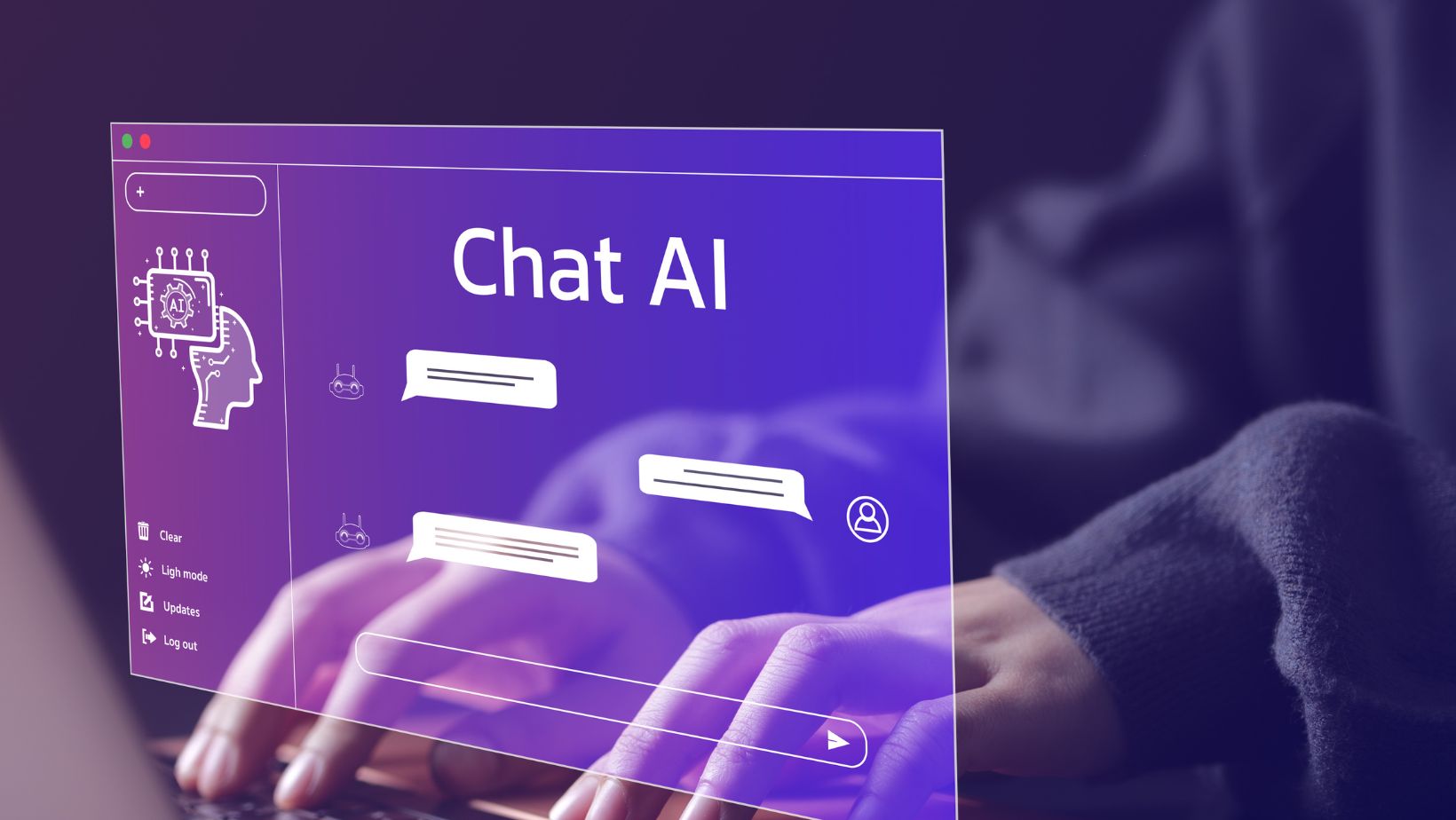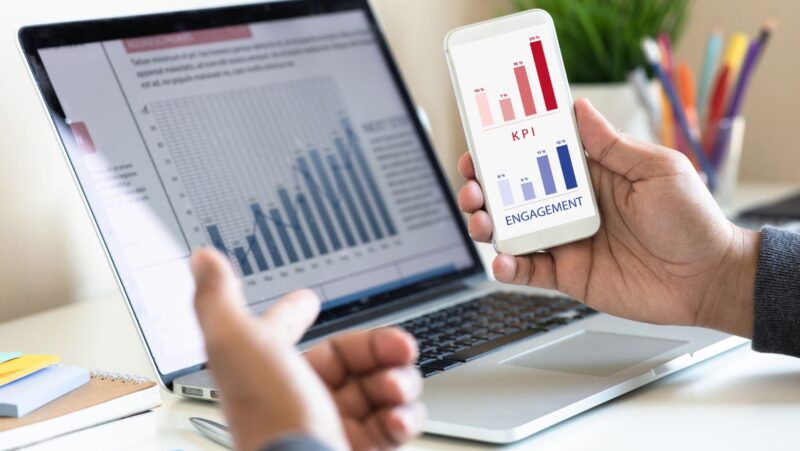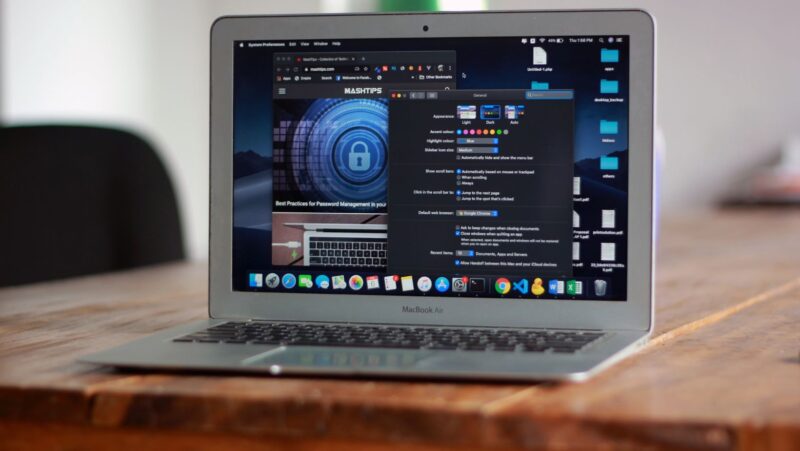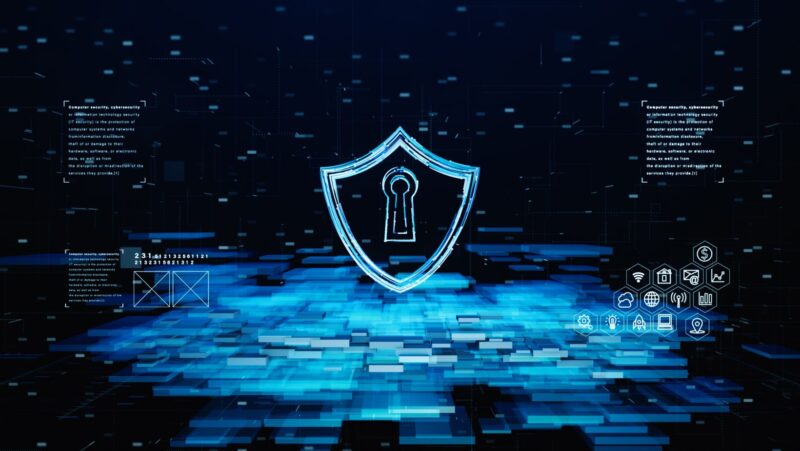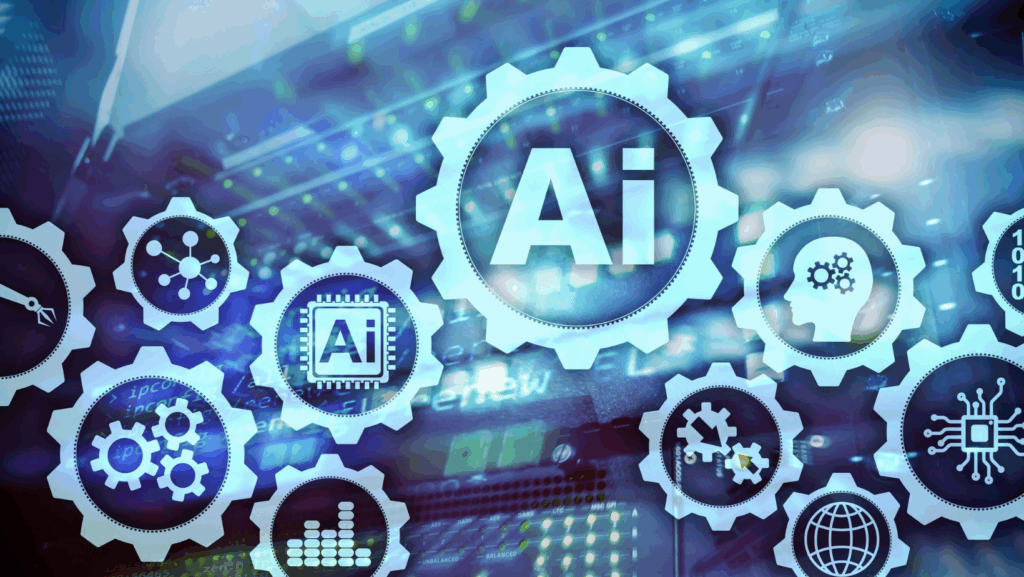
According to a 2024 Deloitte survey, 79% of HR leaders say AI will be critical to their success over the next two years, and over 60% of companies have already implemented some form of AI in their HR processes. Meanwhile, IBM reports that organizations using AI for talent acquisition experience a 30% reduction in time-to-hire and a 35% improvement in candidate quality. These numbers make one clear: artificial intelligence is no longer a futuristic concept—it’s reshaping the core of HR operations today.
Human Resources, long driven by people-centered processes, is undergoing a profound transformation powered by AI. With the right tools, HR professionals can streamline recruitment, improve employee engagement, enhance performance management, and make data-driven decisions. This article explores how HR teams can leverage AI to become more efficient, strategic, and people-focused than ever before.
1. AI-Powered Recruitment and Talent Acquisition
Recruitment is one of the most time-consuming functions of HR. AI tools are dramatically improving this process in several ways:
- Resume Screening: AI can quickly analyze thousands of resumes, identifying the most suitable candidates based on skills, experience, and relevance to the job description. Tools like HireVue, Pymetrics, or Ideal can match resumes with job criteria in seconds, eliminating human bias and reducing time-to-hire.
- Chatbots for Candidate Engagement: AI chatbots like Mya or Paradox Olivia can interact with candidates 24/7, answering FAQs, collecting information, scheduling interviews, and even conducting preliminary assessments. This provides a better candidate experience while freeing up HR staff.
- Predictive Analytics: AI tools use historical hiring data to predict which candidates are most likely to succeed in a given role. This helps HR teams make data-driven hiring decisions that reduce turnover and improve long-term outcomes.
2. Onboarding and Training Automation
First impressions matter. AI tools help HR teams offer a smooth and personalized onboarding experience:
- Automated Onboarding Assistants: AI systems can walk new employees through required paperwork, training modules, and company policies. Tools like Talmundo or BambooHR use automation to guide new hires through a structured, engaging onboarding process.
- Learning and Development (L&D): AI-powered learning platforms like Docebo or EdApp tailor training paths to individual employees’ learning styles and career goals. These systems analyze engagement and performance to adapt content, making L&D more efficient and impactful continuously.
3. Enhancing Employee Engagement and Retention
Engaged employees are more productive and loyal. AI can play a crucial role in measuring and improving employee sentiment:
- Sentiment Analysis: AI tools can analyze feedback from surveys, emails, or even Slack messages to identify employee mood and engagement patterns. Platforms like Qualtrics or Peakon provide insights into morale and alert HR to potential retention risks.

- Personalized Communication: AI can help HR tailor messages based on individual preferences. Whether recognizing birthdays or sending reminders about benefits, tools like Leena AI provide a more personalized employee experience.
- Pulse Surveys: Short, frequent AI-generated surveys can replace long annual reviews. These tools gather real-time feedback, allowing HR to respond to concerns before they escalate.
4. Performance Management
Traditional performance reviews are often plagued by bias, inconsistency, and delays. AI brings objectivity and efficiency to performance tracking:
- Continuous Feedback Platforms: Tools like Betterworks and Lattice collect yearly performance data. AI can highlight achievements, track goals, and provide insights for regular check-ins rather than once-a-year reviews.
- Bias Reduction: AI systems can flag potential biases in performance reviews, helping managers assess employees more fairly and equitably.
- Predictive Performance Analytics: By analyzing past performance and behavioral trends, AI can forecast an employee’s future performance or potential for promotion.
5. Workforce Planning and Analytics
One of AI’s most powerful applications in HR is strategic workforce planning. AI helps HR leaders make informed decisions about the future of their workforce:
- Talent Forecasting: AI tools can analyze trends and predict future hiring needs, skill gaps, and succession planning requirements. This allows companies to recruit or upskill employees to meet future demands proactively.
- Scenario Modeling: With AI-driven simulations, HR can test different organizational changes, like mergers, restructuring, or policy updates, before implementing them.
- Attrition Prediction: Tools like Village Labs offer powerful analytics platforms that use AI to analyze engagement, compensation, and performance metrics to predict which employees are at risk of leaving and why. This helps HR intervene early and plan more strategically.
6. Streamlining Administrative Tasks
HR is often bogged down by repetitive, time-consuming tasks. AI can handle much of the administrative load:
- Document Management: AI tools can categorize, tag, and manage documents like contracts, policies, and compliance reports. This reduces the risk of errors and saves time.
- Payroll and Benefits Automation: AI platforms can help process payroll, handle tax calculations, and assist employees with benefits selection and FAQs.
- Compliance Monitoring: AI systems ensure that HR policies and practices align with labor laws and internal standards. They can alert HR to potential non-compliance issues before they become problems.
7. Diversity, Equity, and Inclusion (DEI)
AI can support DEI initiatives by identifying and addressing bias across the employee lifecycle:
- Bias Detection: AI can detect biased language in job descriptions, identify unequal pay, and analyze promotion trends to ensure equitable practices.
- Inclusive Hiring: By focusing on skills and removing identifying information (like names, genders, or photos), AI can promote blind hiring practices and reduce unconscious bias.
- DEI Metrics: AI tools provide real-time DEI dashboards that help HR track progress, highlight gaps, and measure the impact of inclusion strategies.
8. Challenges and Considerations
Despite its benefits, using AI in HR comes with certain challenges:
- Bias in AI: AI models can inherit the biases in their training data. If not carefully managed, they can reinforce rather than reduce discrimination.
- Transparency and Trust: Employees may be uncomfortable with AI monitoring their behavior or decisions being made by machines. HR must ensure transparency and build trust.
- Data Privacy: With increased data collection, privacy becomes a major concern. HR must ensure that AI tools comply with regulations like GDPR or CCPA.
- Integration and Cost: Adopting AI tools requires time, training, and investment. HR departments must select tools that integrate smoothly with existing systems.
Conclusion
AI is no longer a distant innovation—it’s a powerful ally for HR professionals looking to elevate their impact. AI tools help HR teams become more strategic, efficient, and employee-focused, from talent acquisition and onboarding to performance management and workforce analytics. By thoughtfully implementing AI and addressing its challenges, HR can move beyond administrative tasks and become a key driver of business success.
The future of work is not just about technology—it’s about using technology to support people. In the future, AI and HR will be natural partners.

